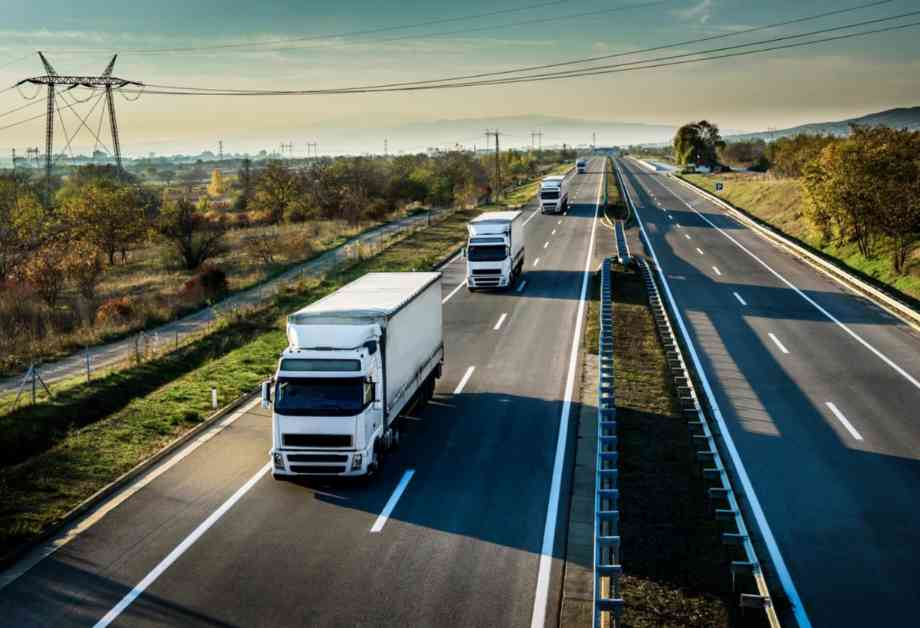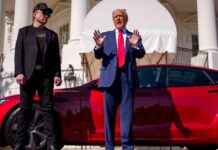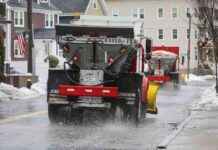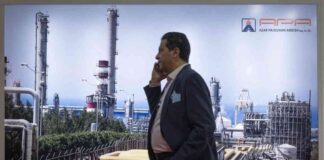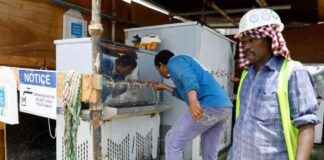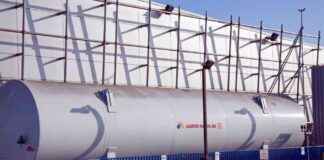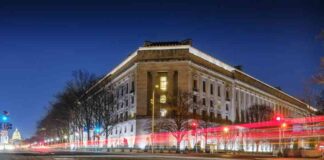Alright, let’s dive into this article about the I-10 Zero-Emission Freight (ZEF) Corridor pilot project in California. So, like, the U.S. and Canada are kinda doing this whole tariff retaliation thing, but when it comes to American ideas, Canada is like, “Nah, we’re good.” Some of those ideas are actually pretty awesome. One idea that’s worth importing is the electrification of freight transportation. California is all over it, and they’re not just considering it, they’ve got a whole action plan with destinations, road maps, and arrival times. No need to worry about tariffs or reciprocal levies with this plan.
The Smart Freight Centre (SFC), a non-profit organization from the Netherlands, is leading the charge on the I-10 ZEF Corridor project. They’ve teamed up with companies like AIT Worldwide Logistics, DB Schenker, Maersk, Microsoft, and PepsiCo to make this happen. The goal is to speed up the use of electric trucks on the Los Angeles-to-El Paso route, which is a pretty big deal considering the current administration isn’t exactly pro-EV.
Reducing truck pollution is a major win for the environment and communities, regardless of all the climate change talk. Transportation is a huge source of greenhouse gas emissions in North America, with freight movement playing a big role in that. The SFC says that even though only 10% of vehicles in North America are medium and heavy-duty trucks, they’re responsible for a whopping 30% of transportation-related greenhouse gases. That’s a lot of pollution, folks.
The I-10 is a key starting point for this project, especially since it’s part of the U.S. National Zero-Emission Freight Corridor Strategy. The route sees around 16,700 trucks passing through daily, with a good chunk of that traffic coming from the San Pedro Bay port complex. Those terminals handle millions of containers each year, with trucks moving about half of them. That adds up to a whole bunch of emissions along the I-10.
The SFC has set a lofty goal of having 30% of road freight be zero-emission by 2030 and 100% by 2040 worldwide. It’s a tough road ahead, but progress is being made. The U.S. now has around 30,000 zero-emission trucks on the road, which is a big jump from just five years ago. And there are about 120 different models to choose from if you’re in the market for one.
Infrastructure is also a big focus of the ZEF corridor strategy, with plans to beef up charging stations and other necessary facilities along key freight routes. California is leading the charge in this area, with new charging depots popping up, like the one in Ontario, California, servicing the Los Angeles-Long Beach port complex.
Both the U.S. and Canada have set their sights on having 100% zero-emission truck sales by 2040. But unlike the U.S., Canada doesn’t have a solid plan in place for long-haul electric truck corridors. America’s got the blueprint for that one.
So, like, reducing truck pollution is a major win for everyone, right? The I-10 project is a step in the right direction, but there’s still a long road ahead to hit those zero-emission targets. The U.S. is making progress, and with the right infrastructure and support, we might just get there one day.

